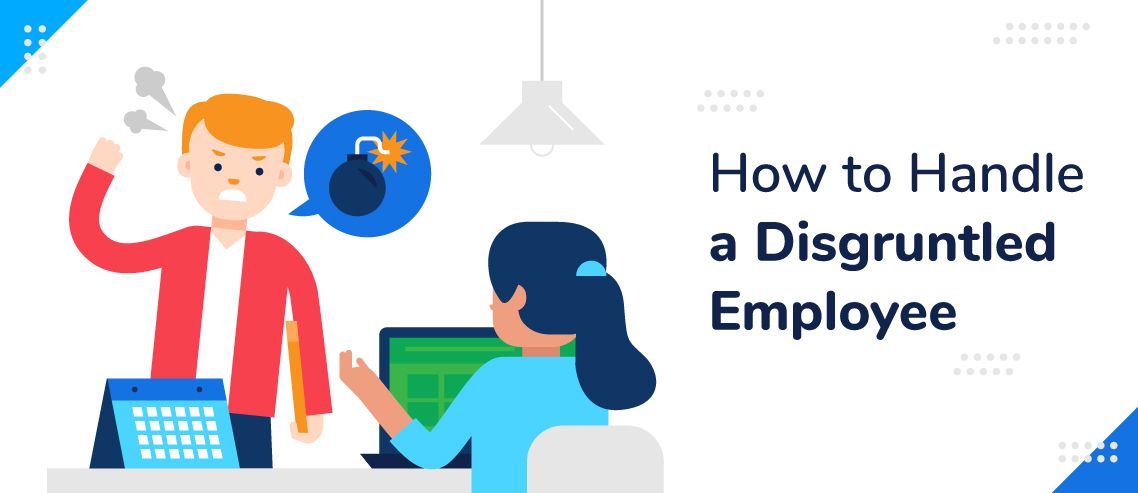How To Know When Your Employees Are About To Quit

Wouldn’t it be nice to see into the future? Since none of us have a crystal ball, I think we can all agree it would be helpful to know long in advance that an employee is contemplating his departure.
In this article, we look at how to know when your employees are about to quit. We’ll also talk about the cost of losing employees and briefly about how to keep your employees around.
Here are some signs to look for that signal your employees are about to leave.
A Noticeable Change in Appearance
When your normal snappy dresser comes to work in jeans and an un-ironed shirt for days on end, it may mean your employee is unhappy in his job. He may not care what you or anyone else thinks anymore.
On the other hand, if you notice that your employee in your business casual office show up once a week in a business suit, it can signal he is leaving for job interviews on his lunch hour or after work.
An Increase in Time Off
Another signal is the employee who calls in sick more often. This can mean he is in the process of disengaging himself from your business. Or, he might be job seeking when he’s off “sick.”
You might also take note if employees start using up their vacation at a quicker pace than normal. It can mean they are getting ready to leave your company and want to max out their benefits.
Delegation Surges
When it comes to your management team, you expect them to delegate their responsibilities.
But, this can also be a strong signal that they are about to quit. If your executive has some loyalty to your company, you might notice him giving his tasks away to others.
A surge in delegation of responsibilities may mean your employee is in the process of transitioning himself away from your company, but still cares enough to make sure his job is covered.
Employee Complaints Rise
You’ll notice that when an employee is about to quit, his co-workers will start complaining about his job performance.
Listen to the water cooler chat for employees’ complaints. If someone is getting ready to quit, their on-the-job performance usually suffers.
If an employee’s behavior changes, and they are present, but not “present,” this is a red flag.
Your Instincts Kick Into Overdrive
You’ve heard the saying, “trust your instincts.” Or, perhaps you’ve been told to listen to your intuition.
If you feel awkward moments in your office, if communication with an employee becomes labored, or you feel a new, strong sense of discomfort, we encourage you to trust your gut.
Your instincts are telling you that something is wrong. Don’t second-guess yourself, find out what’s going on. Just ask.
Private Electronic Use
Another red flag is computer usage. If you notice your employees using their personal email accounts for contacting clients, or they start using their own personal computers instead of their company-provided one, it could be they’re keeping a secret.
Worse yet, they could be stealing your accounts.
Now that you have some things to look for to know when your employees are about to quit, let’s look at the high cost of losing an employee.

The Cost of Losing an Employee
The cost of losing an employee is huge. Some studies say the cost can be as much as nine months’ salary. For an employee making $40,000 per year, that’s $20-30,000 in recruiting and training expenses.
Other studies show that for executive-level, salaried employees, the cost can be much higher – somewhere in the range of two times their annual salary.
If you’re shaking your head wondering just what costs so much money when an employee quits,
here are the details. This is what it costs to hire a new employee when a current one quits:
– Costs include advertising, interviewing, screening and hiring.
– Costs include on-boarding the new hire as well as training time and management staff hours.
– A loss of productivity occurs with each new hire. For lower level employees, they may reach full potential after six months or so, while it may take high level employees upwards of a year to reach the productivity of the employee who quit.
– A loss of engagement happens with other employees when they see their co-workers quit. This loss of productivity is often unseen, but it happens and has the tendency to snowball.
– Costs can include errors new employees make.
Final Thoughts
Don’t live in the dark when it comes to your employees. If you assume your employees are happy and never think of leaving, think again.
A Gallup poll says that 70% of the American workforce is disengaged. This means most of your workforce is poised to leave at any moment.
So, what can you do? How can you keep your employees?
Aside from creating a comfortable work environment and offering great benefits, consider team building activities to increase the bond they have with your other employees and your company.
Lastly, sometimes an employee quitting is ok. If they truly are disengaged, no amount of money, benefits or increased communication is going to help.
You’re better off focusing on the employees you do have and doing what you can to keep them around for a good long while.
**Now that we’ve talked about how to know an employee is about to quit, we’d love to know if you’ve noticed any other signals. What have you done to encourage an employee to stay? Please comment below to share your tips with others.**



